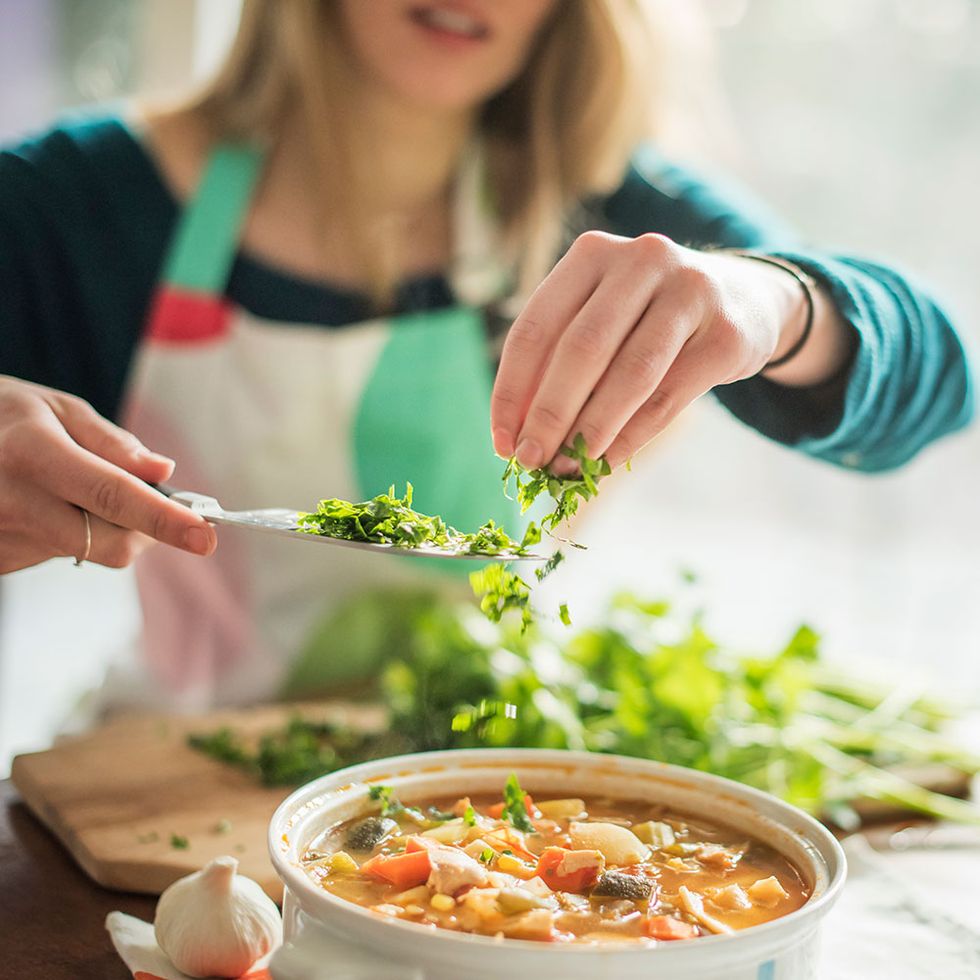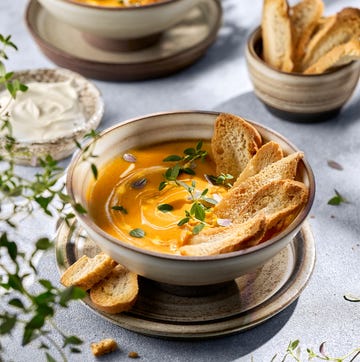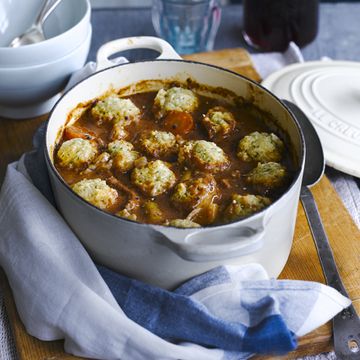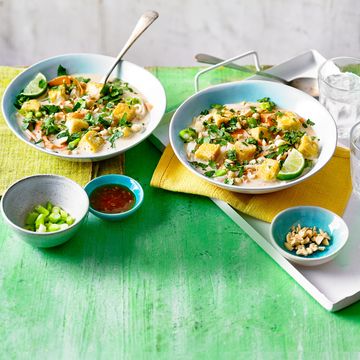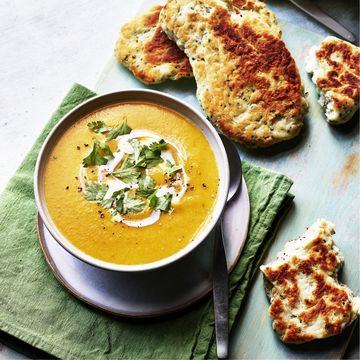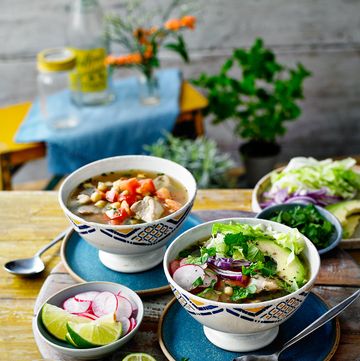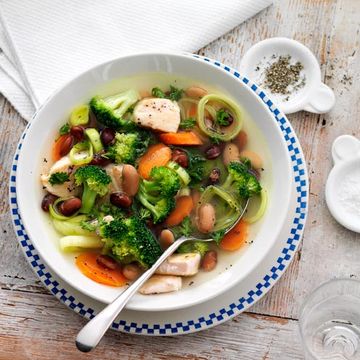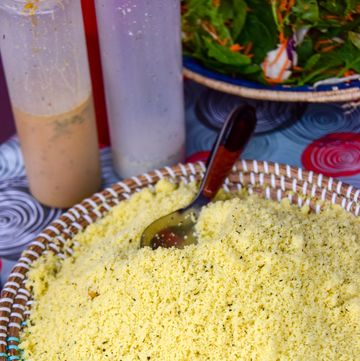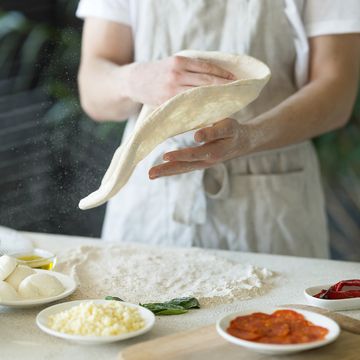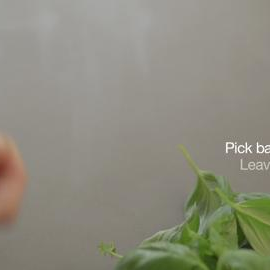You will need:
Stewing beef
Oil
Onions, quartered
Carrots, cut into large chunks
Plain flour
Wine/stock
Fresh herbs, such as bay leaves, thyme and rosemary
1. Stewing is suitable for tougher cuts of meat such as lamb neck or beef chuck, and also game.
What to read next
2. Cut the meat into chunks about 4cm (1½in). Remove any tough cartilage and gristle but don’t trim away all the fat and connective tissue, as it will soften during the cooking process and add richness and body to the finished dish.
3. Heat a casserole dish on a high heat and drizzle in enough oil to coat the bottom. Add the meat in a single layer to brown it, turning the meat to make sure it browns evenly. Always brown meat in batches. If the pan is overcrowded, the meat will steam rather than brown. When browned, remove the meat from the dish and set aside while other batches brown.
4. Good stewing vegetables are onions, carrots and celery. Cut the vegetables into chunks about 4cm (1½in) and brown before adding the wet ingredients to the stew. Add a little more oil to the dish, if needed, and stir the veg until browned and slightly softened.
5. Add the meat back into the dish along with a light dusting of flour, to help thicken the sauce. The liquid that the meat and vegetables are cooked in is usually a combination of stock along with wine or ale. Stir into the meat gradually, once the flour has been cooked for a minute. It may need a splash of water as well, particularly if it’s a large casserole.
6. Herbs such as bay leaves, thyme or chopped rosemary can also be added. Remember to season the casserole well with pepper and salt.
7. Allow the casserole to come to the boil, then cover with a lid and transfer to the oven. Stews should be cooked, covered, on a low heat, 150°C (130°C fan) mark 2, for at least 2hr. Add water or stock if the stew becomes too dry. The stew will be ready when the meat is tender and falling apart.
8. If the stew is too watery, strain the cooking liquid into a clean pan and reduce down until slightly thickened. Add the meat and vegetables back to the pan and season to taste.
Use your skills to make these Triple-Tested recipes:
Veal stew
Chicken casserole
Warming slow cooker recipes
White china bistro bowl, White ceramic bistro plate, Sophie Conran. Oak chopping board, Lakeland. Black oval Staub La Cocotte cocotte, Twin Pure Steel soup ladle, Zwilling J.A. Henckels. Classic glass bowl (1 litre), Impressions ceramic ramekins, Classic glass measure jug (1 litre), Pyrex. Black/white non-slip oven glove, Kuhn Rikon UK. Tongs, chef's own.
A crack team of highly skilled food content producers, the GH Kitchen Team are Good Housekeeping’s resident recipe developers and all-round food obsessives. GH Kitchen Director Sarah Akhurst is our resident hosting pro and loves nothing more than putting on a foodie feast for friends. Senior Cookery Writer Alice Shields is a former pastry chef and baking fanatic who loves making bread and would have peanut butter with everything if she could. Lover of all things savoury, Senior Cookery Writer Grace Evans can be found eating nocellara olives at every opportunity, and will take the cheeseboard over dessert any time. With a wealth of professional kitchen experience between them, they’re dedicated to ensuring every Good Housekeeping recipe is the best it can be, so you can trust they’ll work every single time.

